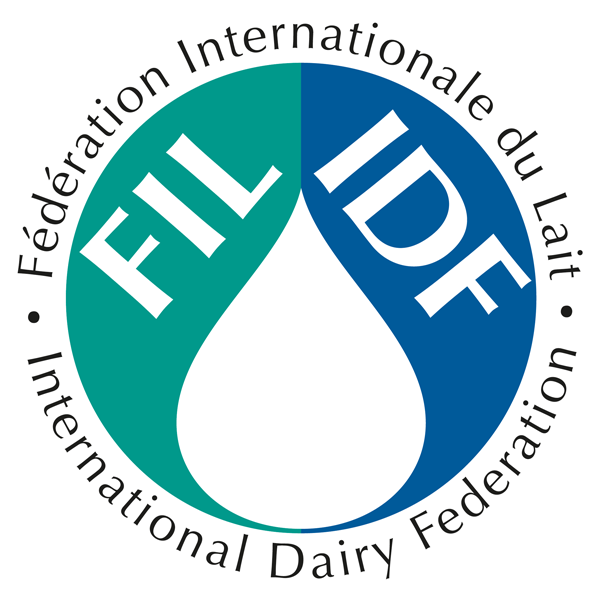Bulletin of the IDF N° 491/ 2018: Teat-cup and cluster removal strategies for cattle and small ruminants, Review and recommendations
As part of our commitment to provide practical support to the dairy sector during the COVID-19 pandemic, this publication is available for free at this time.
Couldn't load pickup availability
Document info
| pages | 54 |
|---|---|
| published date | 11 April 2018 |
| reference | Bulletin of the IDF No. 491/ 2018 |
Publication description
Since the 1990s, when the technology was first introduced to Europe, automatic milking systems AMS (extraction of milk from dairy animals without human labour) have gained substantial momentum. Nowadays, more than 25,000 dairy farms worldwide employ AMS to milk their dairy herds. An optimal teat-cup removal is needed to achieve gentle, quick and complete milking leading to high-quality while keeping dairy animals healthy and stress-free. This publication provides the physiological background of why automatic and early detachment may shorten the machine-on time without loss of milk production. lt thoroughly explains quarter milking studies from the parlour and automatic milking machines' take-off studies. Automatic cluster remover is used in small ruminants with their own specificities, since goats and ewes are often different in their milk repartition in the udder and their milking response cluster take-off. Overall, this work can help milking equipment suppliers, dairy farm advisers and operators on the adjustment of the factory default settings to optimal settings on automatic take-offs. Appropriate settings can significantly improve teat condition and parlour throughput while maintaining the quality and volume of milk harvested.
Keywords: cluster removal, dairy animals, dairy farm, milking, udder health.


